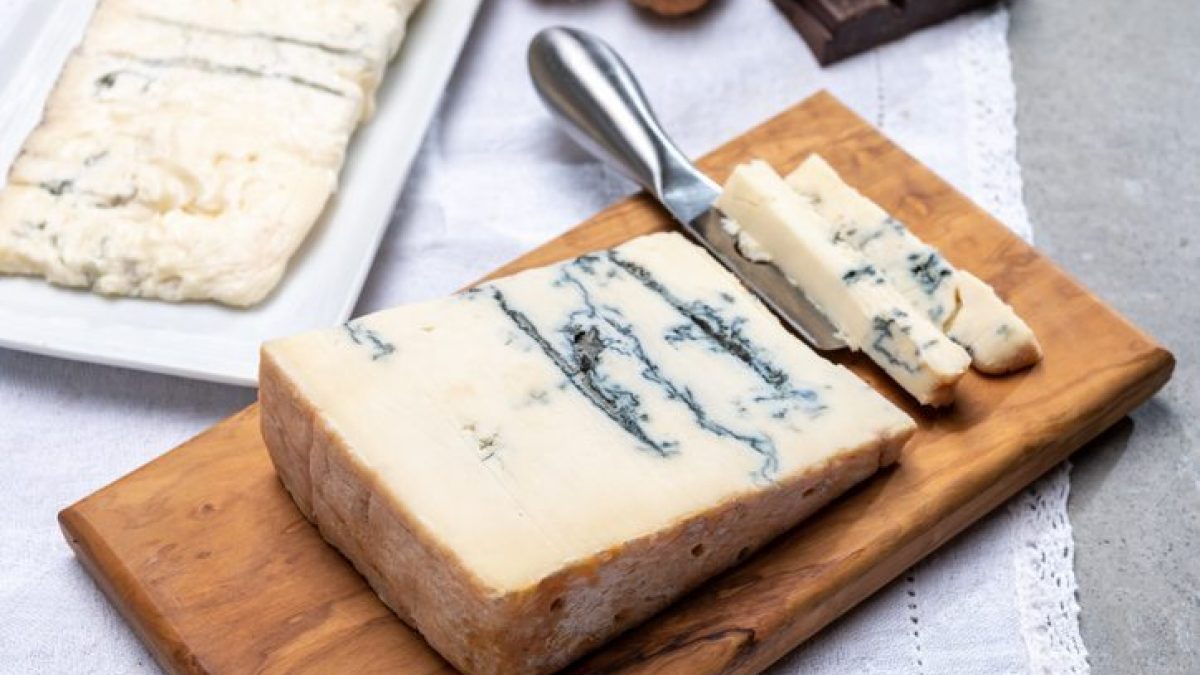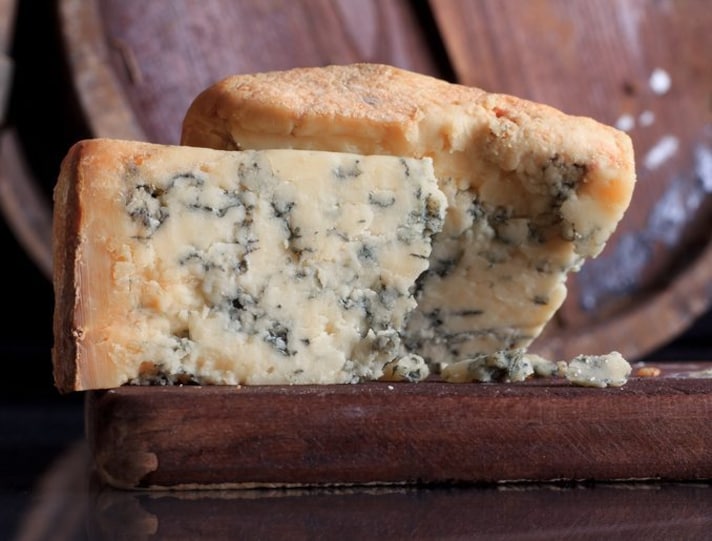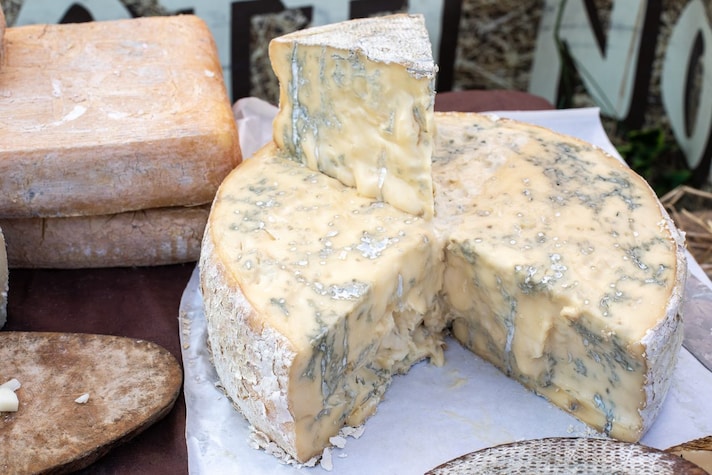
We savor it, enjoying its many nuances of flavor, but we rarely ask ourselves: why does Gorgonzola have mold? Those who aren't cheese lovers should immediately know that Gorgonzola not only has mold but, in a way, is its own mold: it wouldn't have become the excellence we know without this fundamental element. Penicillium glaucum, in fact, is one of those "good molds" that contribute to the organoleptic profile of blue cheeses like Gorgonzola: here's everything you need to know about this precious mold.
What is Penicillium Glaucum, the Blue Cheese Mold
Gorgonzola, or Gorgonzola DOP in its extended and protected form, is a specialty cheese named after the Lombard town of the same name: it is one of the best-known Italian cheeses both at home and abroad. It belongs to the category of cheeses known as blue cheeses, and this is precisely where its magic lies: the marbling process is what makes Gorgonzola, and other cheeses in this category, so special. It is an ancient technique that allows mold to develop in the cheese paste: products that undergo this process are also called "green" or "blue," due to the color of the streaks and spots that form. Mold in Gorgonzola is therefore not an aesthetic or flavor defect at all, but rather the fundamental element that characterizes this cheese and determines its unique and unmistakable flavor.

Why Can Moldy Gorgonzola Cheese be Eaten?
The mold found in Gorgonzola is called Penicillium glaucum and belongs to the Trichomaceae family. It is used not only to make Gorgonzola, but also other blue cheeses such as Bleu de Gex, Rochebaron, and some varieties of Bleu d'Auvergne. For other "blue" cheeses, including Fourme d'Ambert, Roquefort, and Stilton, Penicillium roqueforti is used. In some specific cases, Roqueforti is also used for Gorgonzola, although the regulations do not specify it. Penicillium glabrum and Penicillium cyclopium are also used for other types of cheese.
Why aren't these molds harmful like other types? The molds in blue cheeses can produce mycotoxins, but in such low quantities that they don't pose any health risks. In fact, it's the molds that give these cheeses their characteristic characteristics, such as their smell and flavor.
Mold, in cheeses like Gorgonzola, performs several important functions:
- It contributes to the consistency of the cheese, breaking the structure of the paste, promoting its maturation and giving it its typical creaminess and softness,
- It allows the development of aromas and flavors thanks to the enzymes it produces: these degrade the proteins and fats in the cheese, creating complex and important aromatic compounds.
- It aids preservation. Mold has antimicrobial properties that protect cheeses from unwanted bacteria and fungi, helping them last longer than other cheeses with the same maturation period.

How Mold Forms on Gorgonzola
The marbling process used to be fairly haphazard; the cheeses were left to mature in caves containing various spores, allowing them to "infiltrate" the cheese. Nowadays, there's a standard process through which the molds are allowed to develop in the cheese in a controlled manner.
- Mold spores are added to the milk along with the ferments and yeasts. These spores are evenly distributed throughout the curd, thanks in part to the increased temperature.
- The spores begin to develop into mold by creating filaments, thanks to an environment rich in nutrients and with a suitable pH.
- Once the curd has taken shape, the forms are pierced with special pins: the holes allow oxygen to enter the cheese, creating ideal conditions for mold growth.
- During maturation, which can last from 3 to 12 months, the Penicillium mold continues to grow, spreading throughout the cheese and creating the characteristic blue-green veins.
;Resize,width=767;)
